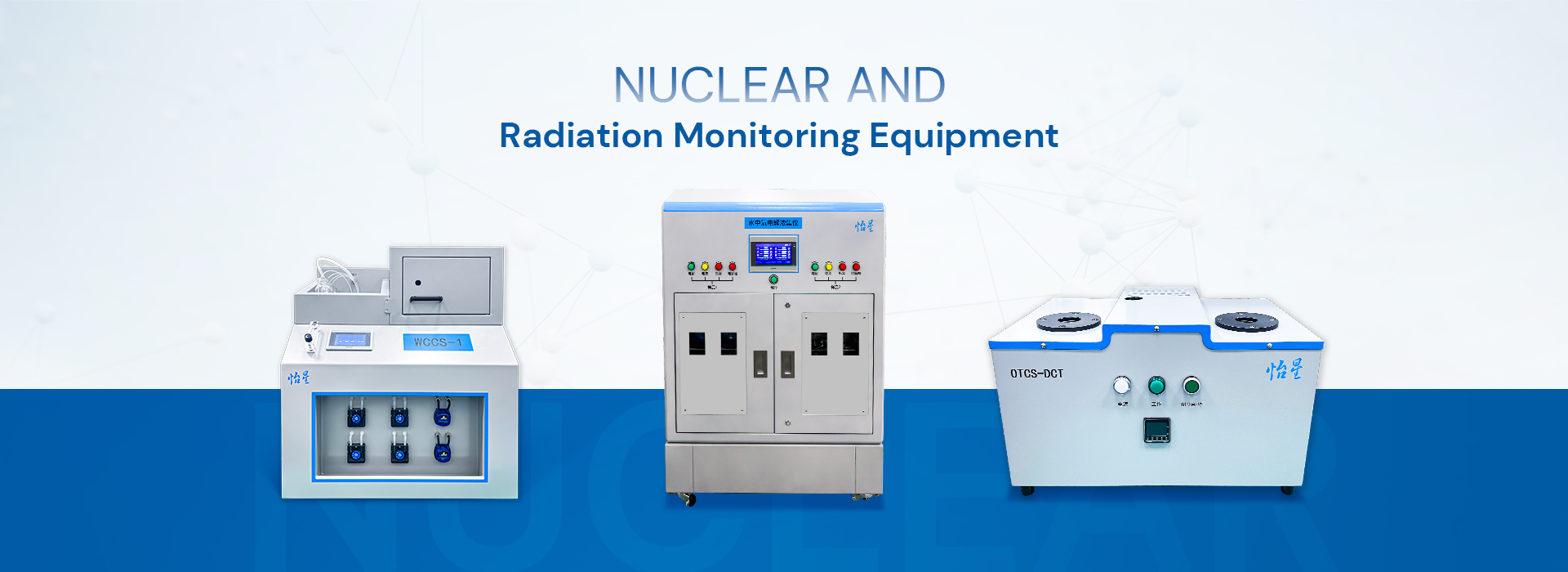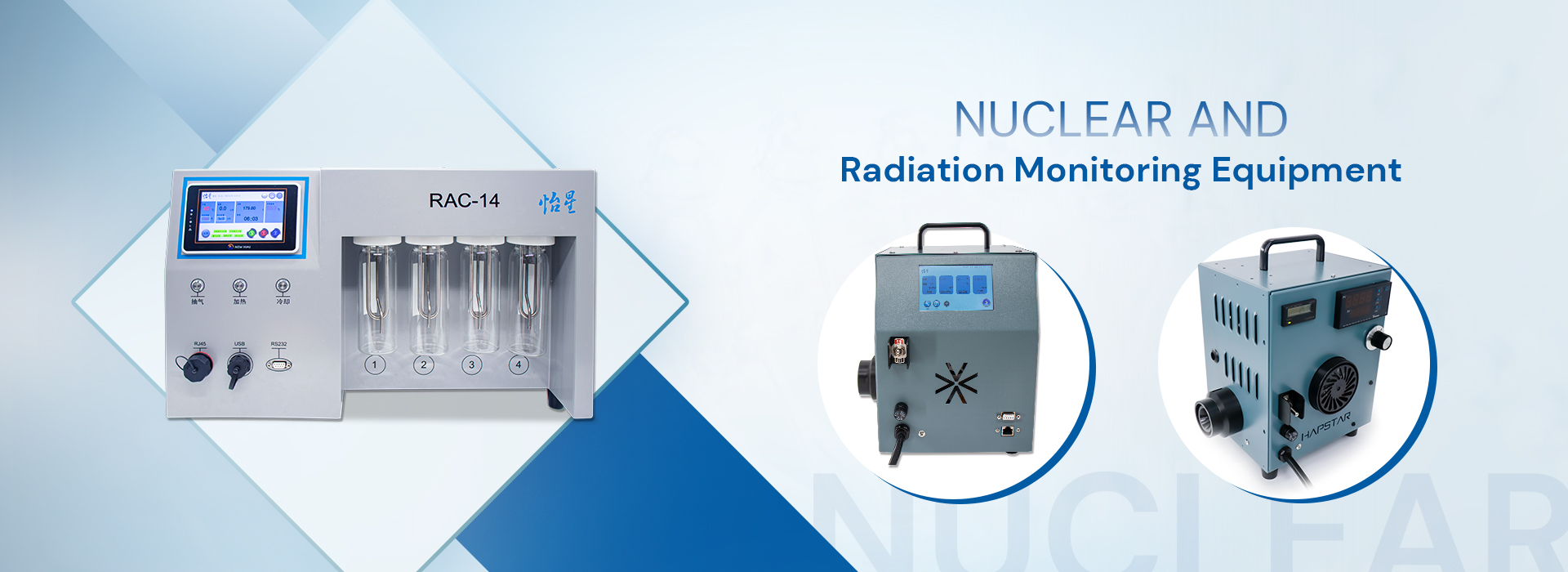Tritium, (T, or 3H), the isotope of hydrogen with atomic weight of approximately 3. Its nucleus, consisting of one proton and two neutrons, has triple the mass of the nucleus of ordinary hydrogen. Tritium is a radioactive species having a half-life of12.34 years; it occurs in natural water with an abundance of 10-18 of that of natural hydrogen. Tritium was discovered in 1934 by the physicists Ernest Rutherford, M.L. Oliphant, and Paul Harteck, who bombarded deuterium (D, the hydrogen isotope of mass number 2) with high-energy deuterons (nuclei of deuterium atoms) according to the equation D + D → H + T. Willard Frank Libby and Aristid V. Grosse showed that tritium is present in natural water, probably produced by the action of cosmic rays on atmospheric nitrogen.
Tritium is produced most effectively by the nuclear reaction between lithium-6 (6Li) and neutrons from nuclear-fission reactors, according to the equation 6Li + 1n → 4He + T.
While tritium has several different experimentally determined values of its half-life, the National Institute of Standards and Technology lists 4,500 ± 8 days (12.32 ± 0.02 years). It decays into helium-3 by beta decay and it releases 18.6 keV of energy in the process. The electron's kinetic energy varies, with an average of 5.7 keV, while the remaining energy is carried off by the nearly undetectable electron antineutrino. Beta particles from tritium can penetrate only about 6.0 millimetres (0.24 in) of air, and they are incapable of passing through the dead outermost layer of human skin. Due to their low energy compared to other beta particles, the amount of Bremsstrahlung generated is also lower. The unusually low energy released in the tritium beta decay makes the decay (along with that of rhenium-187) appropriate for absolute neutrino mass measurements in the laboratory (the most recent such experiment being KATRIN).
The low energy of tritium's radiation makes it difficult to detect tritium-labeled compounds except by using liquid scintillation counting.
Tritium is an isotope of hydrogen, which allows it to readily bind to hydroxyl radicals, forming tritiated water (HTO), and to carbon atoms. Since tritium is a low energy beta emitter, it is not dangerous externally (its beta particles are unable to penetrate the skin), but it can be a radiation hazard if inhaled, ingested via food or water, or absorbed through the skin. HTO has a short biological half-life in the human body of 7 to 14 days, which both reduces the total effects of single-incident ingestion and precludes long-term bioaccumulation of HTO from the environment.The biological half life of tritiated water in the human body, which is a measure of body water turn-over, varies with the season. Studies on the biological half life of occupational radiation workers for free water tritium in a coastal region of Karnataka, India, show that the biological half life in the winter season is twice that of the summer season.If tritium exposure is suspected or known, drinking uncontaminated water will help replace the tritium from the body. Increasing sweating, urination or breathing can help the body expel water and thereby the tritium contained in it. However, care should be taken that neither dehydration nor a depletion of the body's electrolytes results as the health consequences of those things (particularly in the short term) can be more severe than those of tritium exposure.
Post time: Apr-14-2023


